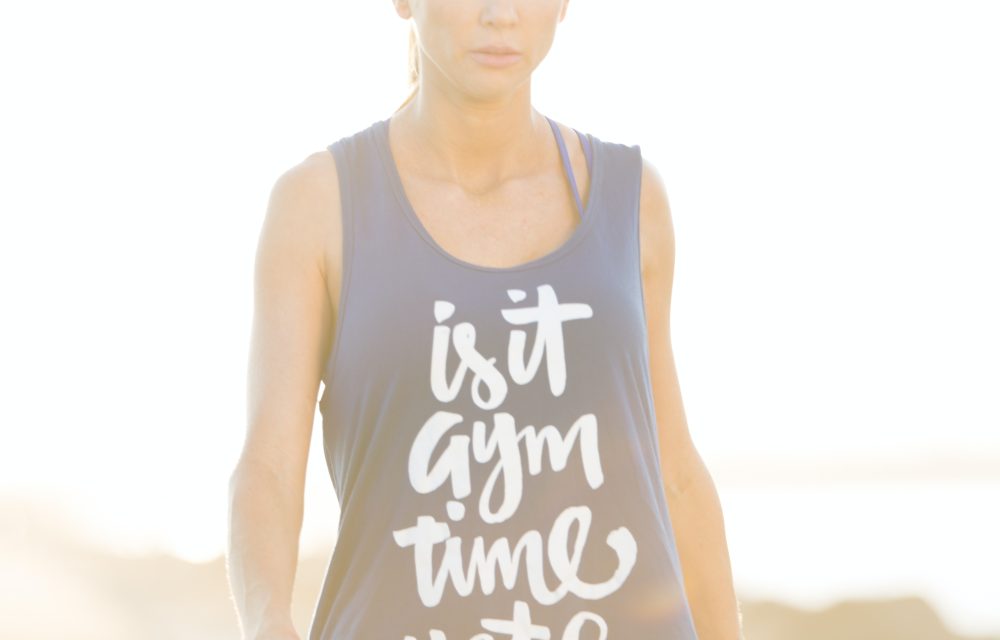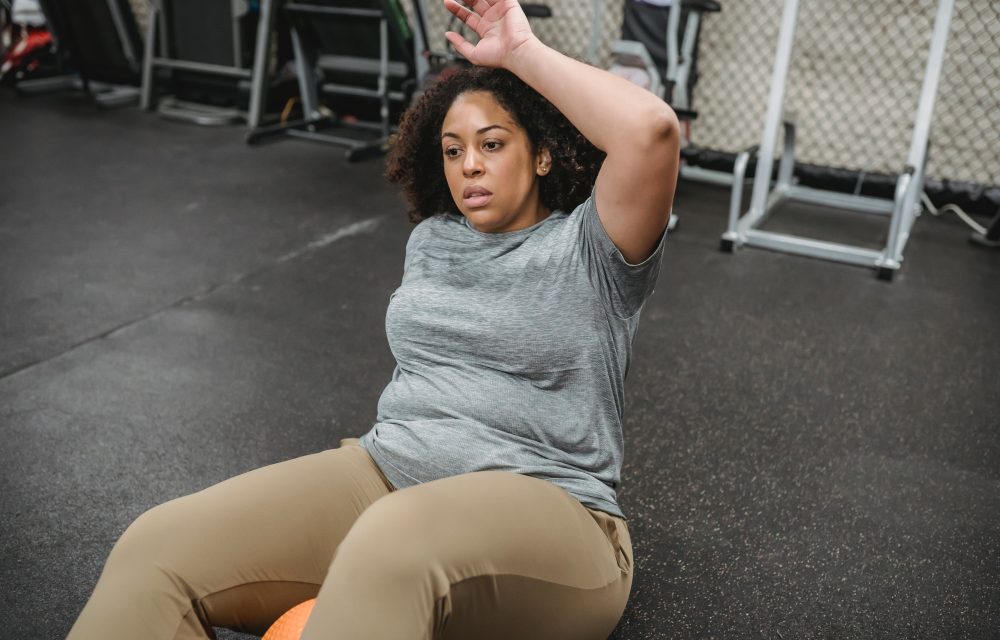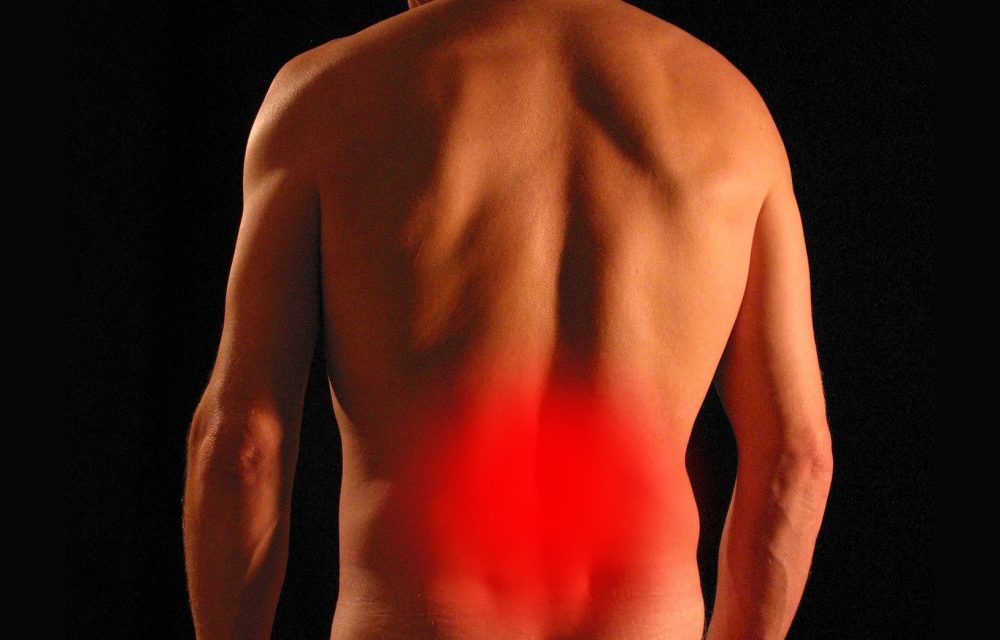The Importance Of Mindset For Fitness Success
Not everything about fitness success has to do with the body. Your mindset plays a vital role in it. It’s not just that way in fitness but in every aspect of life. Almost everyone has heard the story of The Little Engine That Could. It’s all about focusing on accomplishing a task and accepting nothing less than success. Everyone knows someone who says they want to get fit, but the moment they face a challenge, they quit. Don’t let that person be you.
Practice exercising in your head.
All physical activities start in the brain. Your brain gives a signal to the muscle to move in a specific way. There are stories of POWs practicing physical challenges, like exercise, in their head while imprisoned. When they were finally released, they were fit and performed better, even though their conditions were horrible. Olympic athletes also use mental imagery and visualization to improve their performance.
Changing your mindset can improve your chances of a better outcome.
When you improve your mindset, you improve your potential for success. It’s not magic or mental mumbo-jumbo. If you believe you can succeed, you’ll keep trying. If you believe you’ll fail, you’ll quit at the first setback or difficult task. After all, why even put in the effort if it won’t make a difference in the outcome? If you dread each visit to the gym because you feel self-conscious or inept, it makes it easier to skip a few sessions and ultimately quit going.
Sometimes your scales lie.
If you’re working out to help you lose weight, track your progress but also use other measurement techniques to keep your mindset positive. There may be a week or two that you don’t lose weight but your measurements show you lost inches. Focus on the inches lost. That means you’re burning fat and building muscle. One cubic inch of fat weighs less than a cubic inch of muscle tissue. If you didn’t lose weight but lost inches instead, you’re still making progress. You have more muscle tissue and less fat. That’s just as important, especially since muscle tissue burns more calories.
- Give yourself praise every time you do a workout right, make progress, or go to the gym when you don’t want to go. You have to start a workout for that workout to be effective.
- Leave your negativity outside the gym. Face each workout with a positive attitude. If you do something wrong, don’t beat yourself up, just correct the problem and move on from there.
- Don’t just focus on the gym to boost your fitness. Do something fun. Go dancing, play team sports, or take the family on a hike. Those things also help you get into shape and make life more fun.
- Listen to your self-talk. Be kind to yourself. When you achieve a small goal, celebrate it. Reward yourself when you achieve a large goal. Have a workout buddy and celebrate successes together.
For more information, contact us today at Team-ISC











